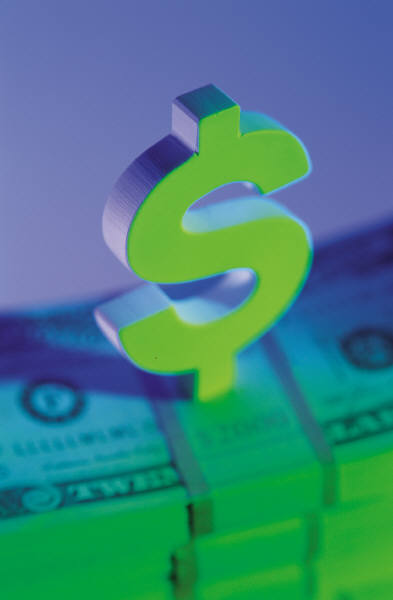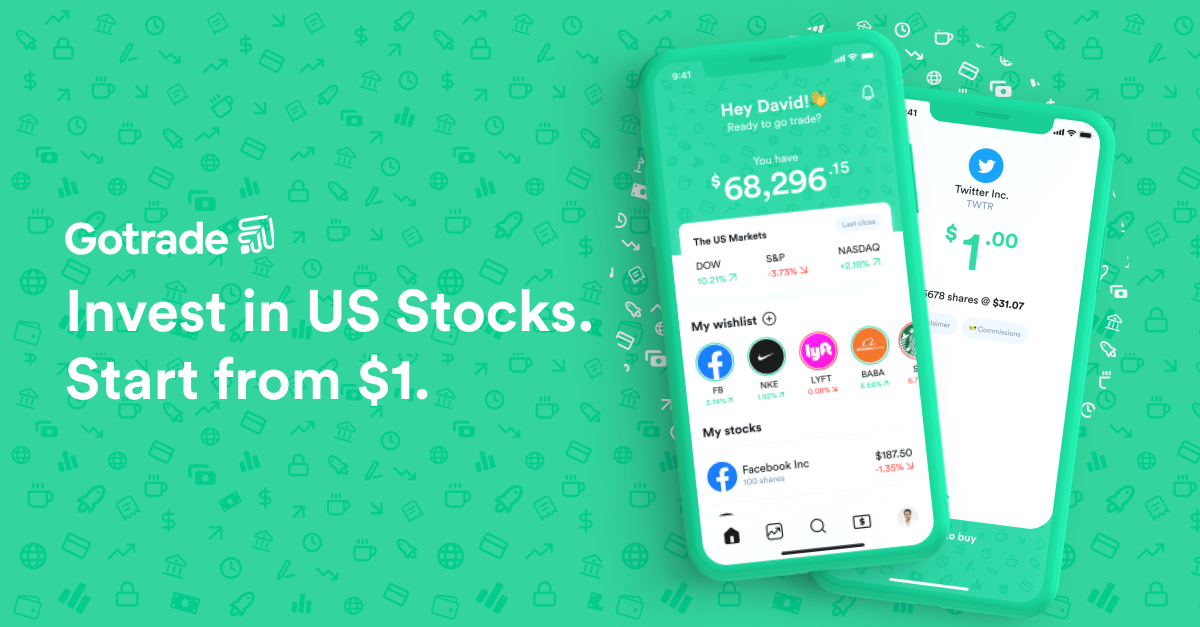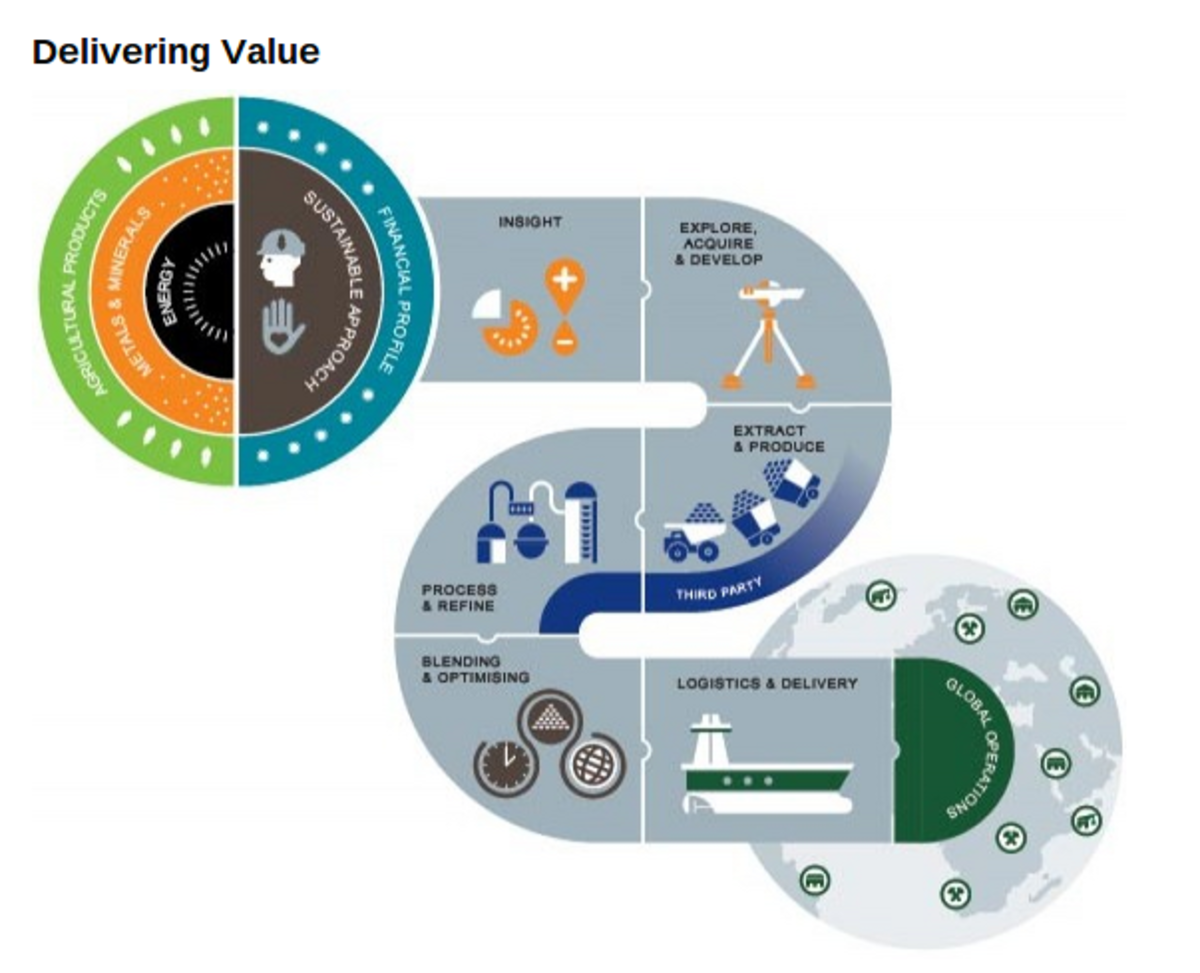Day Trading Tips
Day Trading Tips: Some Initial Thoughts
Anyone embarking on the journey known as day trading will soon realize that they may need some day trading tips to help keep their minds focused on the very demanding and rigorous exercise of entering and exiting the markets within short time frames, at times within minutes of each other. This is the basic definition of “day trading”: Entering and exiting a position (no matter if it’s one lot or one thousand lots) within the same trading session. Day traders, by virtue of the name, never hold positions overnight. You get in, get out, and it’s understood from the beginning that it’s definitely the “fast lane” of the trading world. It really doesn’t matter which financial instrument you choose to trade; it can be stocks, commodities, options, penny stocks, whatever the case may be, the bottom line is that the basic thought process and position management habits are exactly the same across the board. True, every market will have its own “personality” and quirks, and these are things that you’ll have to learn over time through just flat out experience (both good and bad). But in focusing on the part that you CAN control, your position management habits, you can begin to become a more astute trader by developing a trading plan that’s disciplined, realistic, and goal-oriented. One of the things that inhibits new day traders is the thought that all they have to do is slap down a few grand on some haphazard positions, bet on the “home run”, and watch the market just hand them money in droves. Normally, the only thing that happens with a trader like this is that the market takes money away in droves. True indeed is the saying “The market giveth, and the market taketh away.”

Day Trading Tips to Consider
But enough of my trading philosophy 101; let’s get on with some actual day trading tips. The first thing you’ll need to figure out is how much money you’re going to open your trading account with. Who will be your broker? There are several online stock and commodity brokers that can save you egads of money in commissions. In the electronic age in which we live, you’re a dinosaur if you’re still calling your orders in to a broker and paying $50-$100 bucks a pop to do it. (Note: This is one man’s opinion; please don’t get offended.) So definitely make sure that you’ve selected a good stock/Forex/futures/options broker first. The next thing you’ll have to determine is how much trading capital you’re going to start with. I believe that this will be in direct proportion to what market you decide to trade. There are Forex brokers that can get you started with as little as $25.00, so it’s not always necessary to start with a truckload of money. (Starting with only $25.00 in my humble opinion is pretty much setting yourself up for a quick loss of $25.00, due to the lack of being able to practice capital management with such a small position, but then again, this is one man’s opinion.) Let’s say you start with $10,000—a very common number for initial trading capital. You’re going to need to know, right at that point, how much you’re willing to risk on any one trade. Think about it: If you have ten grand, and you want to risk only 1% of your total trading capital on any one trade (a common practice among professional traders), you know off the bat that you can only risk $100.00 on any one trade. This relatively low amount of capital at risk pretty much disqualifies you from day trading more expensive instruments such as futures contracts, but you can probably do okay risking this type of capital in trading a mini-forex account. Now think about this as well: If you were to keep this 1% trading rule in strict force, you have theoretically one-hundred opportunities to pull off a winning trade (barring margin requirements—again, it’s theoretical)…not bad. Now considering the fact that most successful traders hardly ever have a successful trade ratio (meaning trades that produce a profit) of more than 30% (it’s a numbers game, trust me), you have a good chance of having 30 of those 100 trades turn a decent profit for you. If you have mastered the art of “cutting your losses and letting your winners run”, you have a very good chance of coming out on top overall. The next thing is obviously selecting what you want to trade. Will it be stocks? How about commodity futures or Forex? Again, the methodology of day trading can pretty much apply to any type of derivatives, no matter which one you choose. The next step is to develop a real-deal trading plan. Now before I go any further, I’m assuming that you know the basics of trading in general, like what a market order vs. a limit order is, and how to actually place a trade, what going long versus going short means, etc. Now, since I’ve said that, ask yourself how much money will you be willing to risk on any one trade? Again, 1% of your total capital is a good rule of thumb. Will you use trailing stops? How will you know when you have arrived at a comfortable profit level? Will you trade a highly liquid market, such as the S & P E-mini or NASDAQ E-mini? My advice is stay away from illiquid markets—you get a greater chance of bad fills and possible manipulation. Next up—what are your profit targets? Is it a dollar amount or a percentage gain? Have all of this written on paper before you even begin.
Wow, this hub has already dragged on for a good distance, and I feel like I still have a lot of day trading tips to share. I may have to produce a different hub that will dig more into the actual mechanics of day trading, because I don’t want anyone to have to scroll down for 3 weeks to get to the bottom of this one. Hope you enjoyed it!








